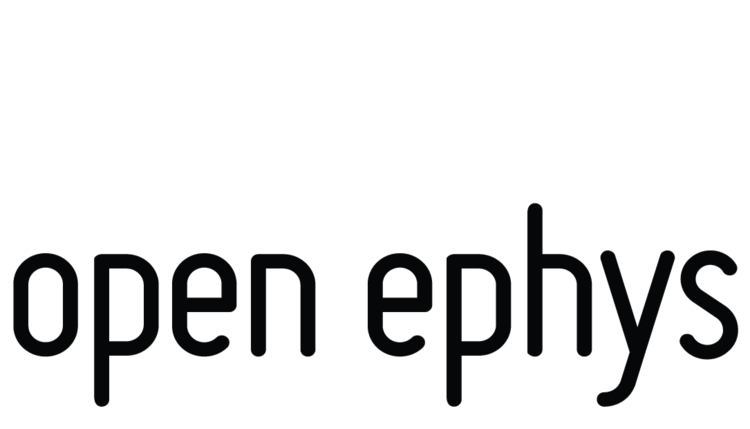Our aim is to organize and facilitate the development of community-built tools for neuroscience. Your contributions are an essential part of this.
Using and understanding open source tools allows you to run experiments that may have been impossible otherwise, so learning about them is time well spent. To get started, check out the documentation overview. We try to add a lot of both introductory and in-depth information about all of our tools.
To stay up to date with a tool that you're using, we recommend clicking the watch button on its GitHub repository. You'll automatically get notified if a new feature is added, or when a new issue is reported or fixed.
If you have problems with a tool, first check if there already is an issue listed on the tool's issue tracker on GitHub (click here for example for the GUI). Also be sure to check the closed issues. Often a solution to common setup problems can be found there.
If you have made improvements to our software, or developed something that works with an existing hardware tool, please sign up for GitHub, fork the relevant repository, and submit a pull request. If we believe your contribution will be widely beneficial, we’ll merge the PR so that others can benefit from it.
If you have developed your own well-documented open-source hardware or software for physiology or behavior, we’d love to hear about it!
For general questions and discussion, we encourage you to post on the Open Ephys Discord.



